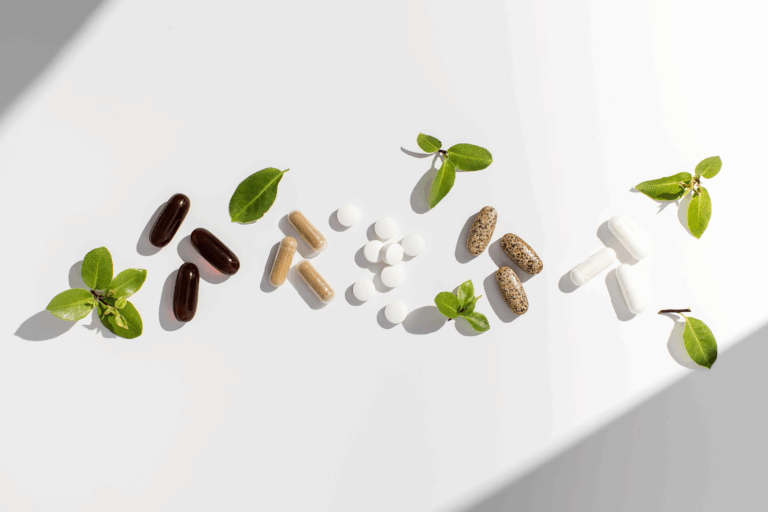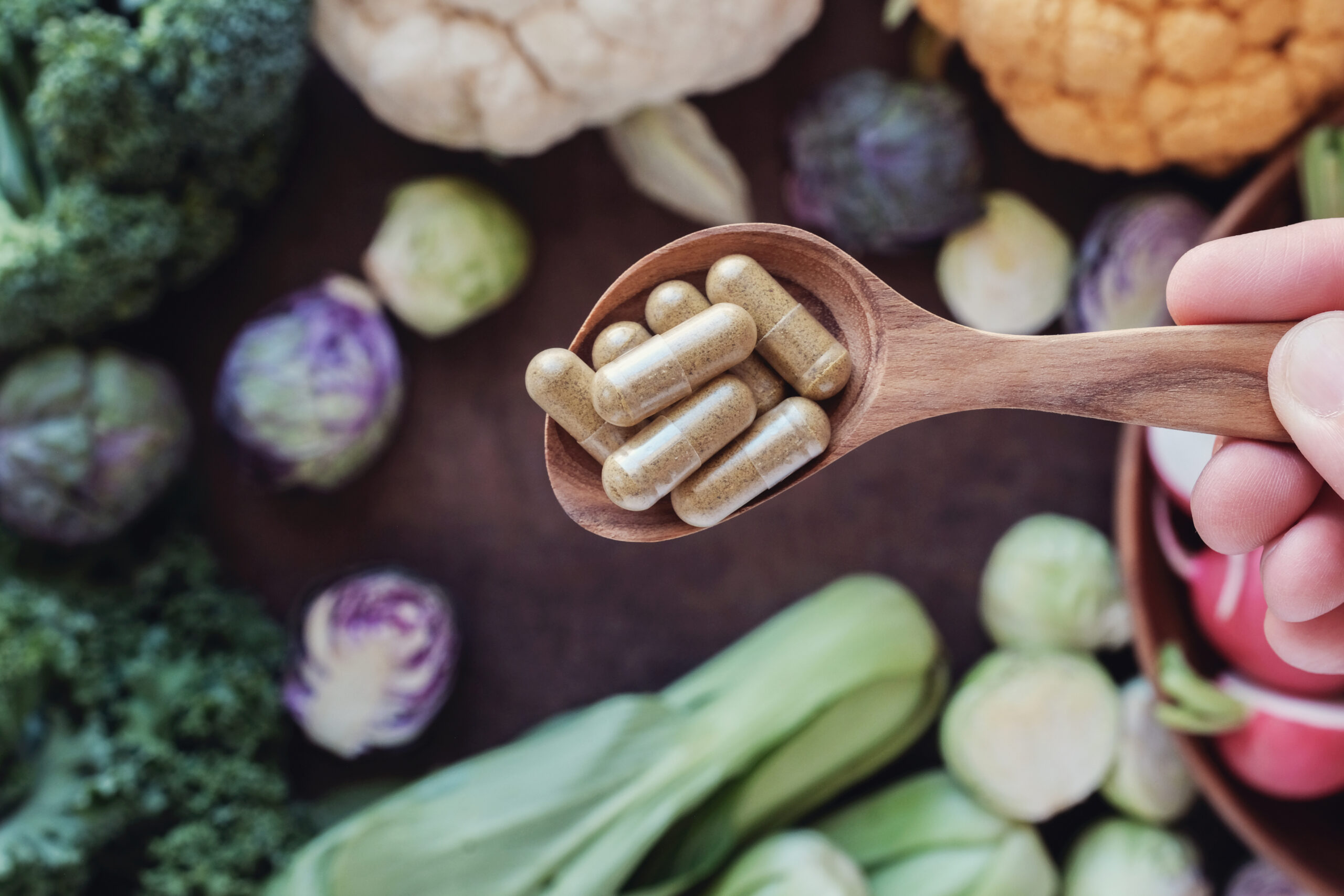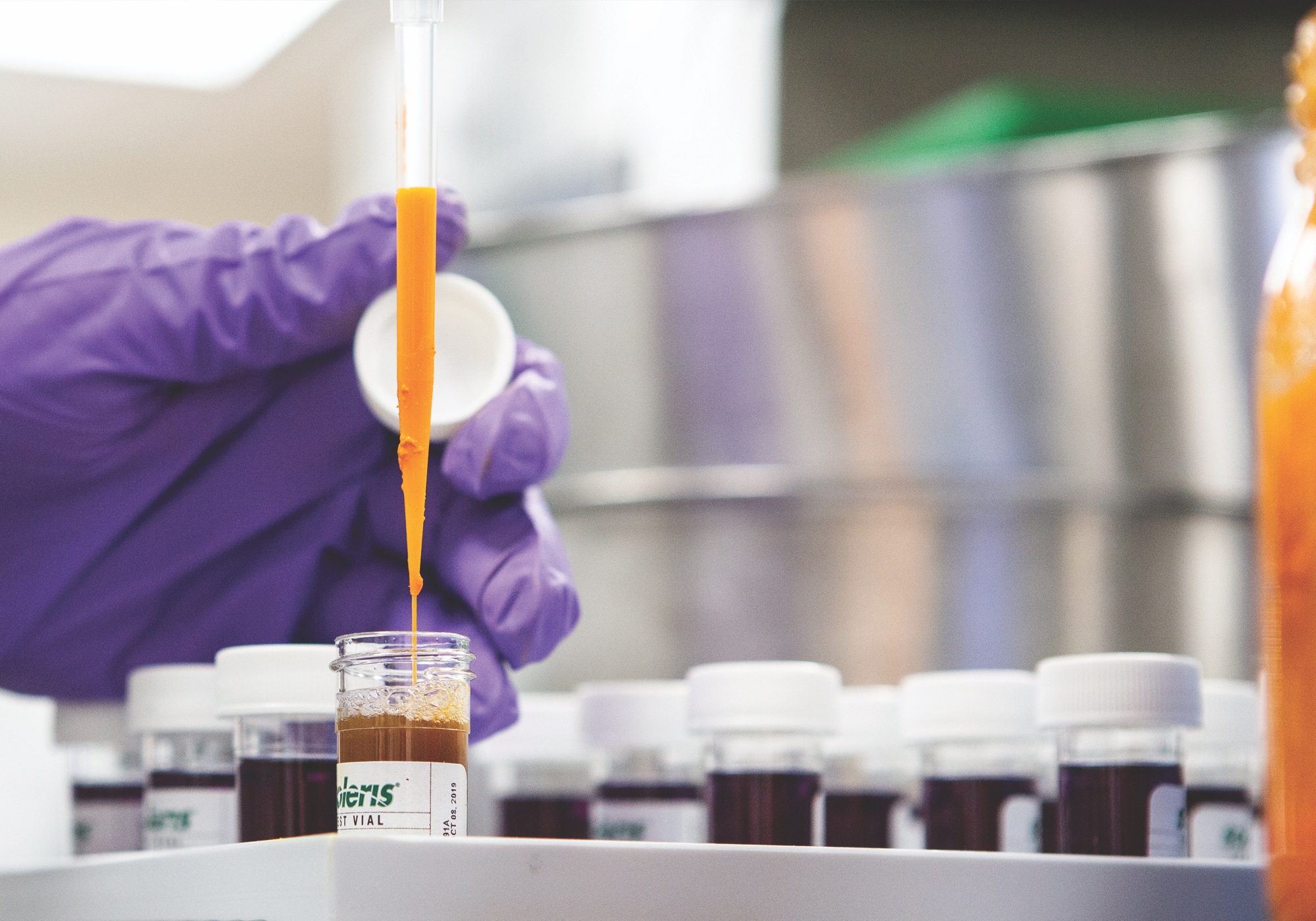Scientific name:Artemisia absinthium
Constituents:
- Volatile oil (thujone, absitol & azulenes)
- Bitter sesquiterpenes & sesquiterpene lactones (artemisinin, absinthin, artabsin & santoinin)
- Flavone glycosides
- Hydroxycoumarins
- Lignans
Medicinal actions:
- Anti-inflammatory
- Antimicrobial
- Anti-neoplastic
- Anti-parasitic (anti-malarial)
- Bitter
- Carminative
- Choleretic
- Diuretic
- Emmenagogue & Uterine stimulant
- Nervine tonic
Mechanism of Action & Pharmacology:
- Sesquiterpene lactones (absinthin, artabsin, santoinin) have bitter action which stimulates taste buds and by reflex action increases appetite, gastric secretions, bile flow, and promotes digestion.
- Volatile oils (thujone) are nervous system stimulants and in high doses, toxic to the CNS and liver.
- Azulene is anti-inflammatory.
- Santonin is also insecticidal, anti-tumor and paralyzes worms.
- Artemisin and derivatives demonstrate anti-malarial and cytotoxic effects.
Pharmacy:
- Infusion
- Tincture
- Capsules
- Lotion, compress or oil applied externally over intact skin
- Note: Use short-term or pulse-dosing
Safety & Toxicity Concerns:
- Physiologically both oil of wormwood and extract of absinthe act as nerve depressants. Constituent thujone (isolated and in high doses) is neurotoxic, causing headache, paralysis, decreased coordination, and (euphoric) hallucinations. These effects are said to be reversible. Thujone is not well preserved in water, thus water extractions are safer than alcohol extractions.
- Long-term or high dosing may cause headaches, irritate stomach and dangerously affect the heart and arteries.
- In pregnancy & lactation due to uterine stimulant effects.
- Caution in gastric and peptic ulcers, irritable/nervous states, and seizure disorders.
- Allergy to Asteraceae family.
Interactions:
- May need to be combined with iron for optimal cytotoxic effects.







